20 Classic Movies That Aged Poorly
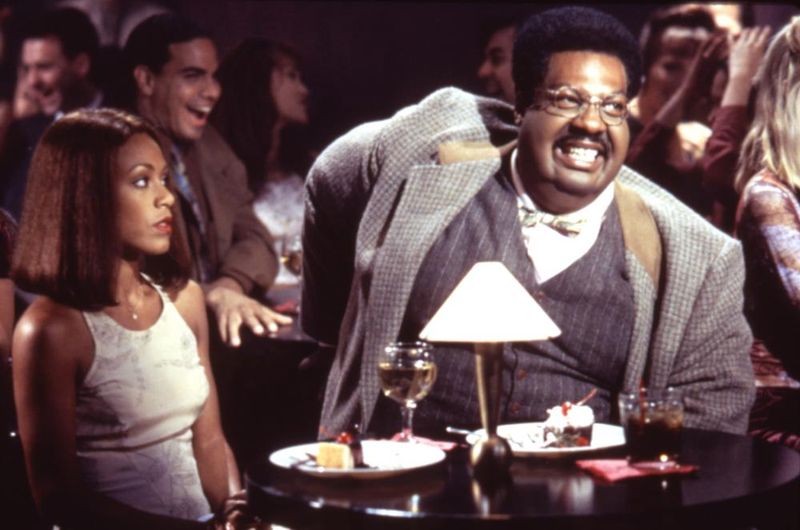
Comedy reflects the times, but what made audiences laugh decades ago can make modern viewers cringe. Many beloved films from the past contain jokes, storylines, and character portrayals that feel uncomfortable or offensive by today’s standards. While these movies were products of their era, revisiting them reveals how much our understanding of respect, equality, and appropriate humor has evolved over the years.
1. Revenge of the Nerds (1984)
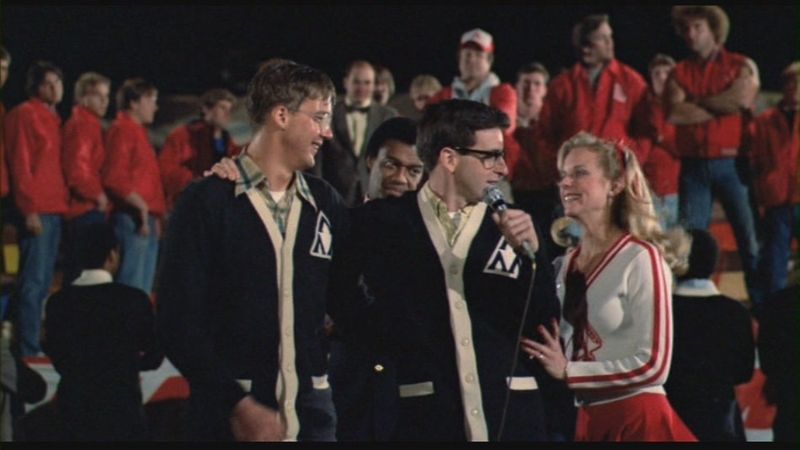
Campus comedies used to celebrate underdogs, but this film crosses serious ethical lines in pursuit of laughs. The movie’s most troubling scene involves a main character deceiving someone into intimate contact by pretending to be someone else.
What the filmmakers presented as triumph feels deeply problematic today. The entire premise treats women as prizes to be won rather than people with agency. Modern audiences recognize these scenarios as serious violations rather than comedic victories.
Beyond the ethical issues, the film’s portrayal of masculinity and power dynamics reinforces harmful stereotypes. While the nerds face genuine bullying, their response methods make viewers uncomfortable rather than triumphant in contemporary viewings.
2. Sixteen Candles (1984)
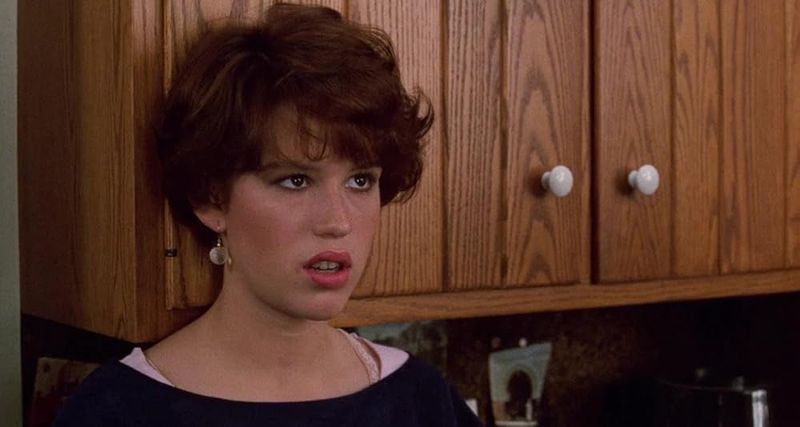
John Hughes crafted a coming-of-age story that captured teenage angst perfectly, yet embedded deeply offensive elements that overshadow its charm. The character Long Duk Dong represents one of cinema’s most cringe-worthy ethnic caricatures, complete with exaggerated accent and gong sound effects.
The film treats consent casually, with drunk characters passed around like objects. What seemed like harmless teen hijinks now appears as serious boundary violations that would horrify modern audiences.
Despite Molly Ringwald’s endearing performance and relatable family dynamics, these problematic elements make rewatching uncomfortable. The movie’s legacy remains complicated, balancing nostalgic appeal against its troubling representations of race and respect.
3. Trading Places (1983)
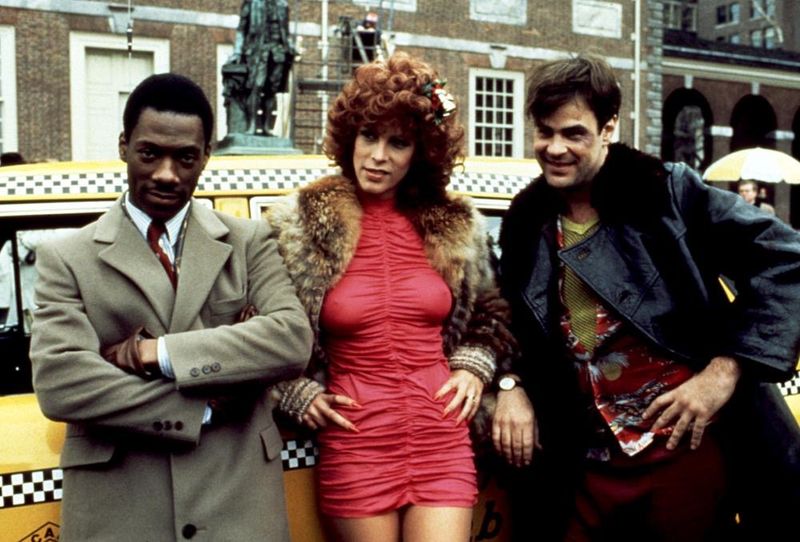
Wall Street satire meets social commentary in this Eddie Murphy vehicle, but the execution includes elements that make contemporary viewers wince. The film uses racial slurs and stereotypes as comedic devices, reflecting attitudes that society has rightfully moved beyond.
Most jarring is a blackface sequence that completely derails the viewing experience for modern audiences. What filmmakers intended as disguise comedy now registers as deeply offensive historical artifact.
The movie’s core message about class and opportunity remains relevant, making its problematic elements even more frustrating. Strong performances from Murphy and Dan Aykroyd can’t overcome moments that feel completely unacceptable by current standards of respectful entertainment.
4. The Nutty Professor (1996)
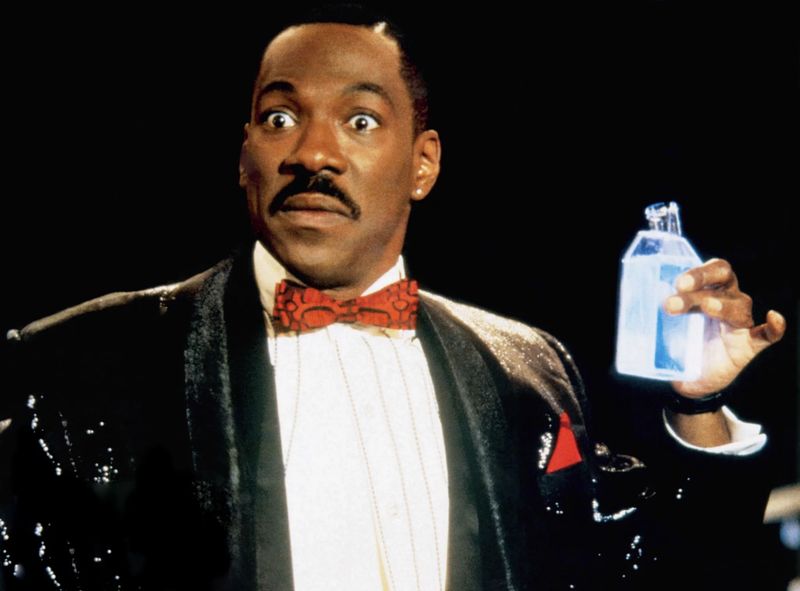
Eddie Murphy’s multiple-character showcase relies heavily on humor that targets physical appearance and perpetuates harmful stereotypes about body image. The film’s central joke revolves around mocking overweight individuals, treating weight as a source of shame rather than addressing body positivity.
Female characters exist primarily as objects of desire or ridicule, with little agency or development beyond their physical attributes. The humor often punches down at vulnerable groups rather than celebrating differences or promoting acceptance.
While Murphy’s technical performance impresses with his ability to portray multiple family members, the underlying messages about self-worth and acceptance feel outdated. Modern audiences seek comedy that builds people up rather than tearing them down based on appearance or identity.
5. American Pie (1999)
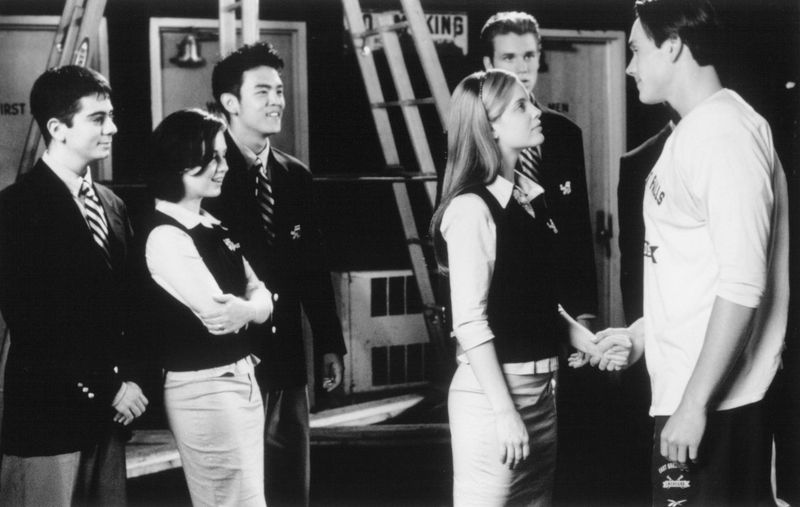
Teen coming-of-age comedies often push boundaries, but this franchise built its reputation on treating intimate encounters as conquests rather than connections. The film’s approach to consent feels particularly troubling, with characters manipulating situations for personal gratification.
Female characters serve primarily as objects for male fantasies rather than fully developed individuals with their own desires and agency. The infamous webcam scene would likely be considered illegal invasion of privacy by today’s standards.
While the movie captured a specific moment in late-90s teenage culture, its messages about relationships and respect haven’t aged gracefully. Contemporary audiences expect more thoughtful portrayals of intimacy and mutual respect in romantic comedies, even those targeting younger demographics.
6. Airplane! (1980)
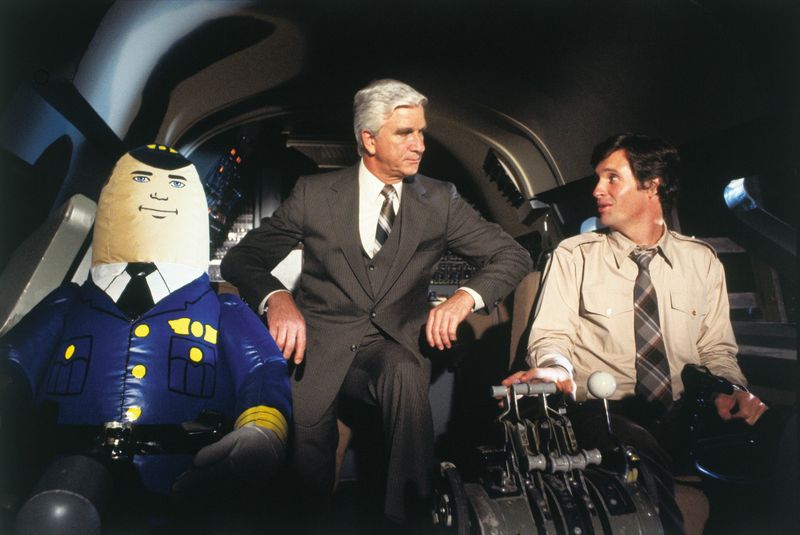
Rapid-fire parody comedy at its finest, yet peppered with jokes that rely on outdated stereotypes about gender, race, and culture. The film’s machine-gun approach to humor means some gags land while others crash spectacularly by modern standards.
Character portrayals often reduce people to simplistic caricatures based on ethnicity or gender roles. What seemed like harmless absurdity in 1980 can feel mean-spirited when viewed through contemporary lenses of inclusion and respect.
The movie’s core strength lies in its clever wordplay and visual gags, which remain genuinely funny today. However, audiences must navigate around jokes that feel uncomfortable, creating an uneven viewing experience that highlights how comedy standards have evolved over four decades.
7. Animal House (1978)
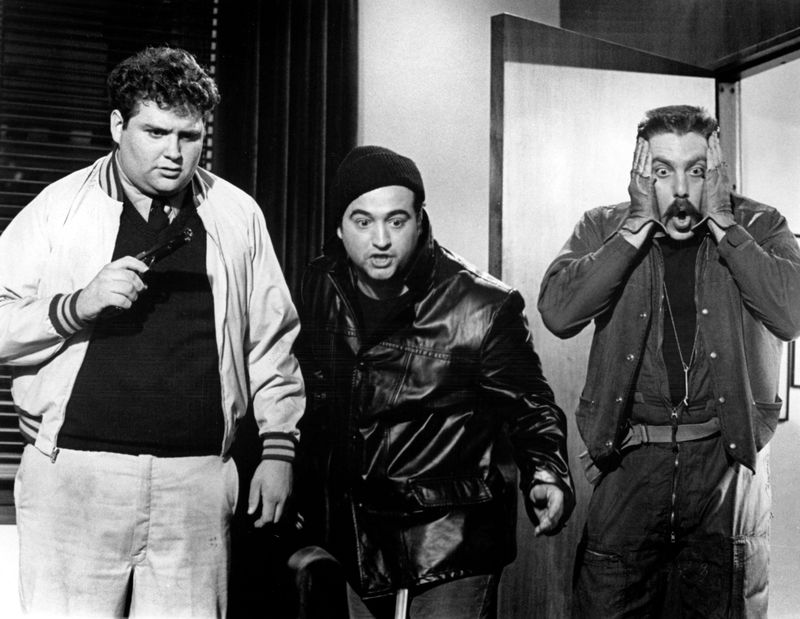
College fraternity life gets the raunchy comedy treatment, but the film’s portrayal of campus culture includes deeply troubling elements that modern viewers find disturbing. The movie treats inappropriate behavior as harmless pranks rather than serious violations of trust and safety.
Underage drinking and questionable intimate encounters are played for laughs, normalizing behaviors that would trigger serious consequences today. The film’s attitude toward consent and power dynamics reflects outdated and harmful perspectives about college relationships.
While the movie launched careers and influenced countless campus comedies, its legacy remains complicated by scenes that feel more criminal than comedic. Contemporary audiences struggle to find humor in situations that clearly cross ethical and legal boundaries, making this supposed classic difficult to enjoy.
8. Breakfast at Tiffany’s (1961)
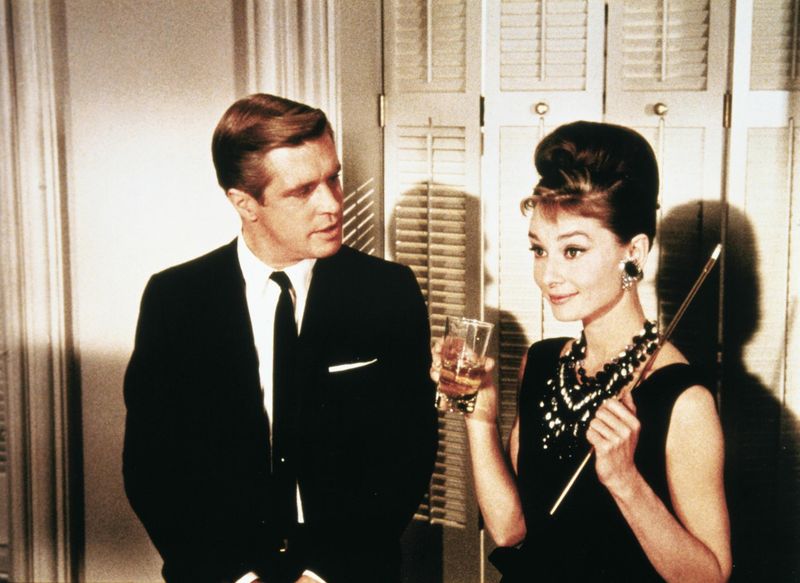
Audrey Hepburn’s iconic performance as Holly Golightly remains enchanting, but Mickey Rooney’s portrayal of Mr. Yunioshi represents one of cinema’s most offensive ethnic caricatures. The performance relies on exaggerated features, accent, and mannerisms that perpetuate harmful Asian stereotypes.
The character serves no essential plot function beyond providing comic relief through racist imagery. Modern viewers find these scenes so jarring they completely disrupt the film’s romantic atmosphere and sophisticated charm.
Despite the movie’s enduring influence on fashion and romance films, this glaring flaw significantly damages its reputation. Contemporary audiences struggle to reconcile the film’s artistic merits with its deeply problematic representation, creating a viewing experience tainted by uncomfortable historical context.
9. Porky’s (1981)
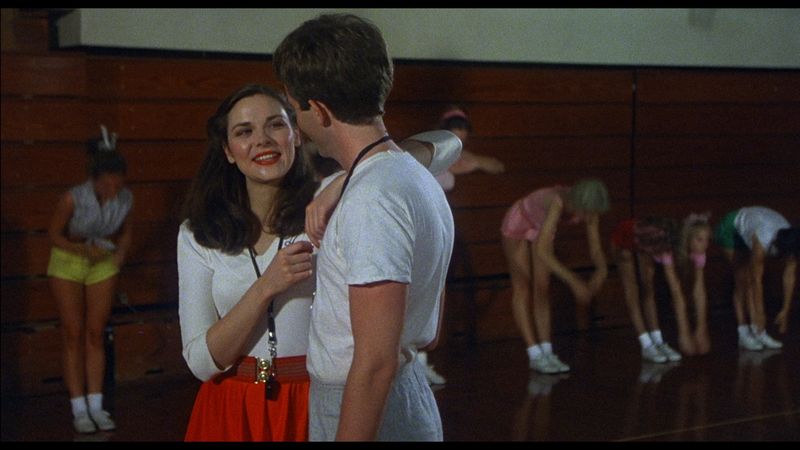
Teenage hormone-driven comedy that epitomizes everything problematic about 1980s adolescent humor. The film treats women exclusively as objects for male gratification, with female characters existing solely to be ogled, pursued, or conquered by the male protagonists.
The movie’s most infamous scenes involve voyeurism and harassment presented as harmless teenage hijinks. Behaviors that would result in serious legal consequences today are portrayed as natural rites of passage for young men.
While the film found massive box office success and spawned sequels, its approach to gender relations feels deeply outdated and offensive. Modern audiences recognize these portrayals as promoting toxic masculinity and disrespectful treatment of women, making the supposed comedy feel more like a cautionary tale about outdated attitudes.
10. Overboard (1987)
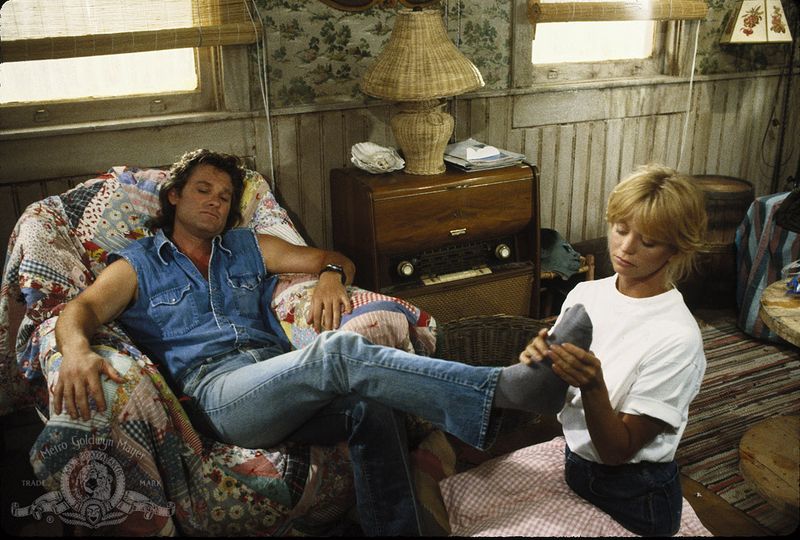
Romantic comedy built on a deeply troubling premise where deception and manipulation are presented as pathways to true love. The plot involves convincing an amnesia victim that she’s married to a stranger, essentially creating a false identity and life for someone unable to consent.
The power imbalance between the characters makes their eventual romance feel coercive rather than charming. What the filmmakers framed as comeuppance for a spoiled rich woman actually depicts psychological manipulation and fraud.
While Goldie Hawn and Kurt Russell’s chemistry provides entertainment value, the underlying story structure promotes problematic messages about consent and honesty in relationships. Contemporary audiences struggle to root for a romance founded on lies and exploitation, regardless of the characters’ eventual happiness together.
11. Soul Man (1986)
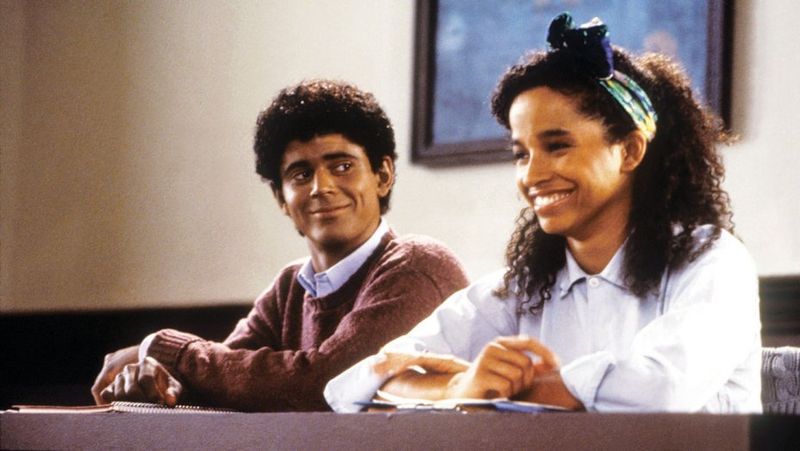
College comedy that uses blackface as its central plot device, making it virtually unwatchable by contemporary standards. The film follows a white student who darkens his skin to qualify for a scholarship intended for Black students, treating racial identity as a costume rather than lived experience.
The movie attempts to address racism while simultaneously perpetuating it through its premise and execution. The protagonist’s journey supposedly teaches him about discrimination, but the approach trivializes real experiences of racial prejudice.
Beyond the obvious offensive elements, the film fails to meaningfully engage with issues of privilege, identity, or systemic inequality. Modern audiences recognize this type of racial masquerade as deeply harmful rather than educational, making the movie a relic of particularly tone-deaf entertainment from the 1980s.
12. Blazing Saddles (1974)
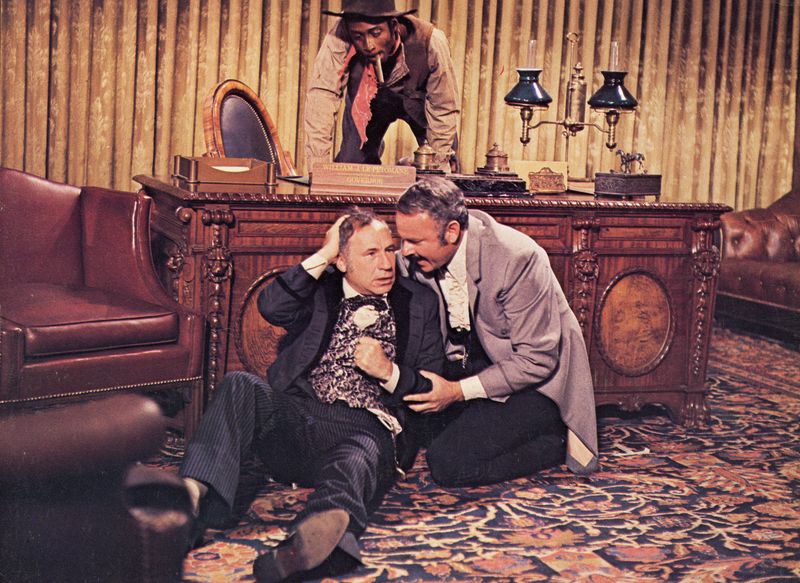
Mel Brooks crafted this Western parody as satire targeting racism, but the execution includes frequent use of racial slurs that make modern viewing extremely uncomfortable. The film’s satirical intent gets lost amid language that feels gratuitously offensive rather than meaningfully critical.
While some scenes successfully mock racist attitudes and stereotypes, others simply perpetuate them under the guise of comedy. The movie’s rapid-fire approach means thoughtful commentary gets mixed with crude jokes that undermine its supposed message.
Contemporary audiences struggle to separate the film’s anti-racist intentions from its problematic execution. Even understanding the historical context and satirical purpose, many viewers find the language and imagery too jarring to appreciate whatever social commentary Brooks intended to convey through his irreverent Western spoof.
13. Ace Ventura: Pet Detective (1994)
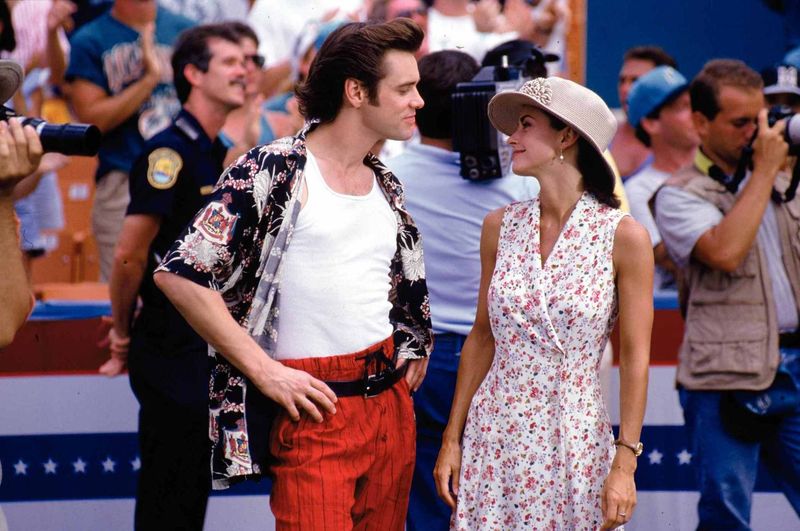
Jim Carrey’s physical comedy showcase includes a climactic twist that treats gender identity and orientation as sources of horror and disgust. The film’s final act reveals information about a character that triggers exaggerated revulsion from multiple characters, including the protagonist.
The movie’s approach to LGBTQ+ themes reflects deeply problematic attitudes that cause genuine harm to transgender and gender-nonconforming individuals. What filmmakers presented as shocking comedy now reads as transphobic and cruel.
While Carrey’s energetic performance and animal-focused mystery elements remain entertaining, the film’s treatment of gender identity issues creates a viewing experience tainted by intolerance. Modern audiences recognize these portrayals as promoting harmful stereotypes rather than providing harmless entertainment, making this supposed comedy feel mean-spirited and outdated.
14. The Blue Lagoon (1980)
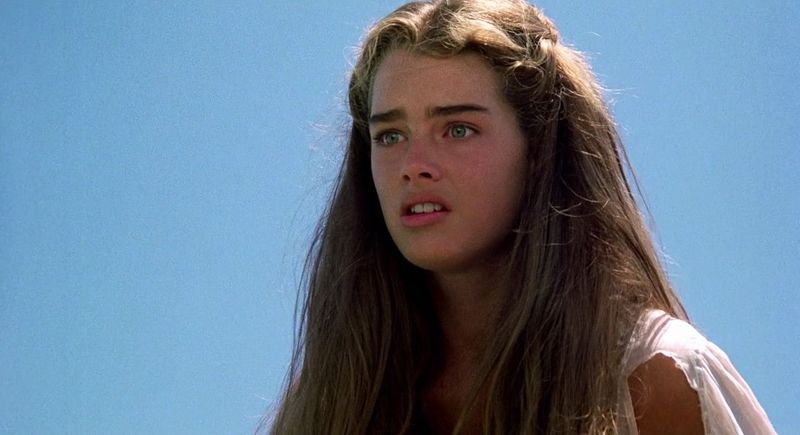
Tropical romance that becomes deeply uncomfortable due to its focus on underage characters in intimate situations. The film follows two young people stranded on an island as they mature, but the movie’s approach to their physical development crosses lines that modern audiences find disturbing.
The story romanticizes isolation and naivety while presenting situations involving minors that would be considered inappropriate by contemporary standards. The film’s treatment of innocence and discovery feels exploitative rather than natural or beautiful.
While the tropical setting provides stunning visuals and the survival elements offer adventure, the movie’s core romantic elements create an viewing experience that feels wrong by today’s understanding of appropriate content. Contemporary audiences recognize the problematic nature of sexualizing young characters, regardless of the story’s supposed innocence or artistic intentions.
15. Pretty Baby (1978)
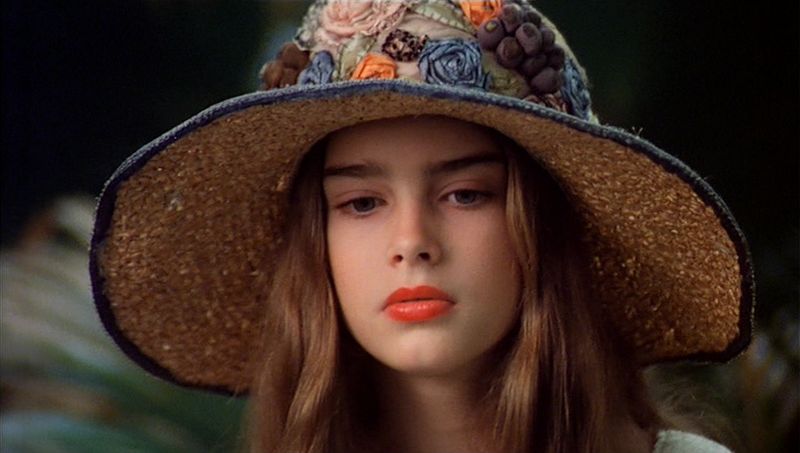
Period drama set in early 1900s New Orleans that includes deeply troubling content involving a very young Brooke Shields in inappropriate situations. The film explores themes of exploitation while simultaneously engaging in the very behavior it purports to examine.
The movie’s artistic pretensions cannot disguise its fundamentally problematic approach to depicting childhood and innocence. Scenes that were controversial even upon release feel completely unacceptable by modern standards of child protection and appropriate filmmaking.
Contemporary viewers find the film impossible to watch without feeling disturbed by its treatment of its young star. The movie serves as a reminder of how entertainment industry standards have evolved regarding the protection of child performers and appropriate content involving minors in cinema.
16. I Now Pronounce You Chuck & Larry (2007)
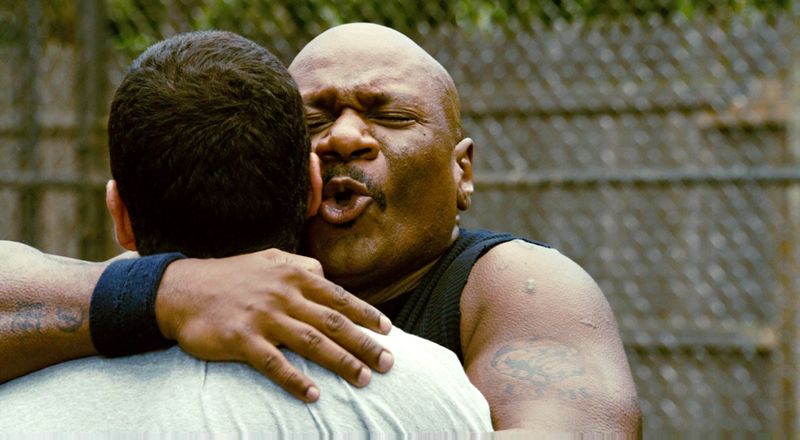
Buddy comedy about two firefighters pretending to be married relies on outdated stereotypes about gay relationships and LGBTQ+ identity. The film treats same-gender marriage as an elaborate joke rather than recognizing it as a legitimate expression of love and commitment.
The movie’s humor depends heavily on homophobic assumptions and stereotypes that feel particularly tone-deaf given the ongoing civil rights struggles of the LGBTQ+ community. Characters react to gay situations with exaggerated disgust or discomfort played for laughs.
While the film attempts to promote tolerance and acceptance by its conclusion, the journey there includes numerous offensive moments that undermine any positive message. Modern audiences recognize this approach as harmful rather than educational, making the supposed comedy feel insensitive and outdated in an era of greater LGBTQ+ awareness and acceptance.
17. Hardly Working (1980)

Jerry Lewis’s later career effort showcases comedy styles that feel completely disconnected from contemporary humor sensibilities. The film’s pacing, joke structure, and comedic timing reflect an era of entertainment that modern audiences find difficult to connect with or appreciate.
Physical comedy routines that once generated laughs now seem dated and occasionally uncomfortable, relying on situations and reactions that don’t translate well to current viewing experiences. The movie’s approach to workplace humor and social interaction feels antiquated.
While Lewis remained a beloved figure in comedy history, this particular effort demonstrates how certain comedic styles can become completely obsolete over time. Contemporary viewers often find themselves confused rather than entertained by joke setups and punchlines that made perfect sense to 1980 audiences but feel foreign today.
18. Nothing but Trouble (1991)
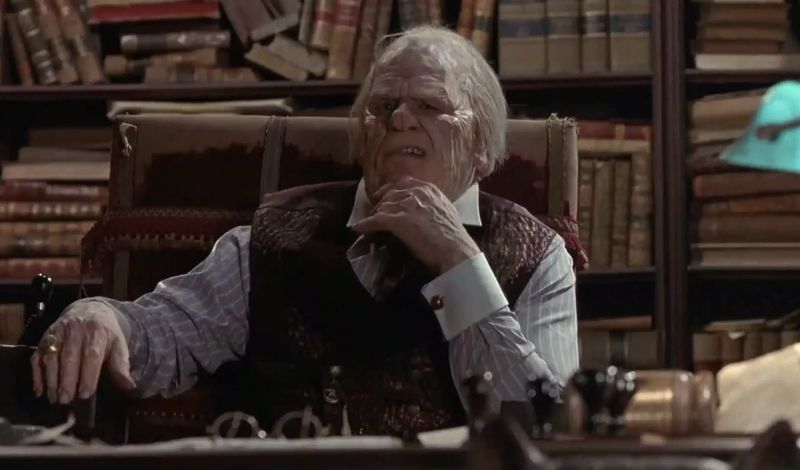
Surreal comedy that pushes grotesque humor to extremes that feel more disturbing than funny by contemporary standards. The film’s approach to physical deformity and bizarre behavior crosses lines that make modern viewers uncomfortable rather than amused.
Dan Aykroyd’s multiple character portrayals rely heavily on prosthetics and makeup that create genuinely unsettling imagery. The movie’s mean-spirited tone and shocking visuals seem designed more to disturb than entertain, creating an viewing experience that feels unpleasant.
While some audiences appreciated the film’s bizarre creativity upon release, contemporary viewers often find it simply too weird and uncomfortable to enjoy. The movie’s combination of grotesque imagery and cruel humor doesn’t align with modern comedy preferences that favor cleverness over shock value and cruelty.
19. The Sandlot (1993)
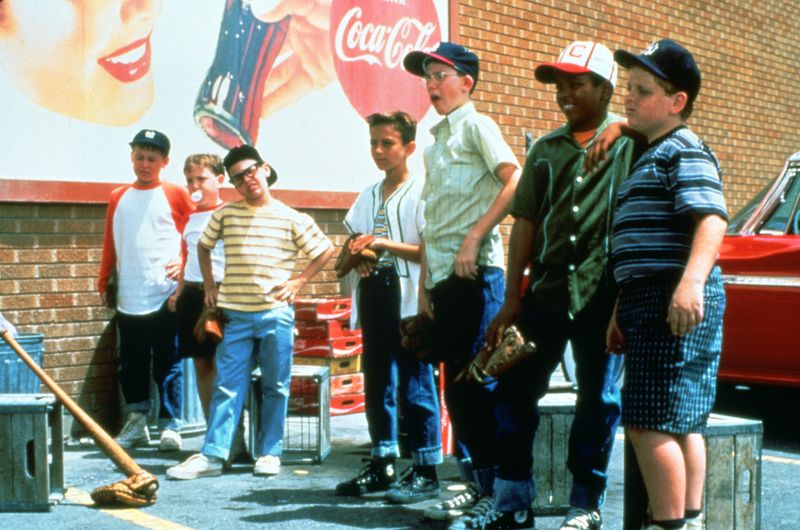
Nostalgic baseball comedy that captures childhood wonder while perpetuating some problematic attitudes about gender roles and social dynamics. The film’s all-male perspective presents girls as mysterious others rather than potential friends or teammates.
Bullying behavior gets romanticized as character-building rather than recognized as harmful social interaction. The movie’s approach to masculinity and toughness reflects outdated ideas about how boys should behave and interact with each other.
While the film’s celebration of friendship and summer adventure remains charming, certain elements feel exclusionary and outdated. Modern audiences notice the absence of diverse perspectives and the reinforcement of traditional gender stereotypes that limit both boys and girls in their potential interests and activities.
20. Grease (1978)
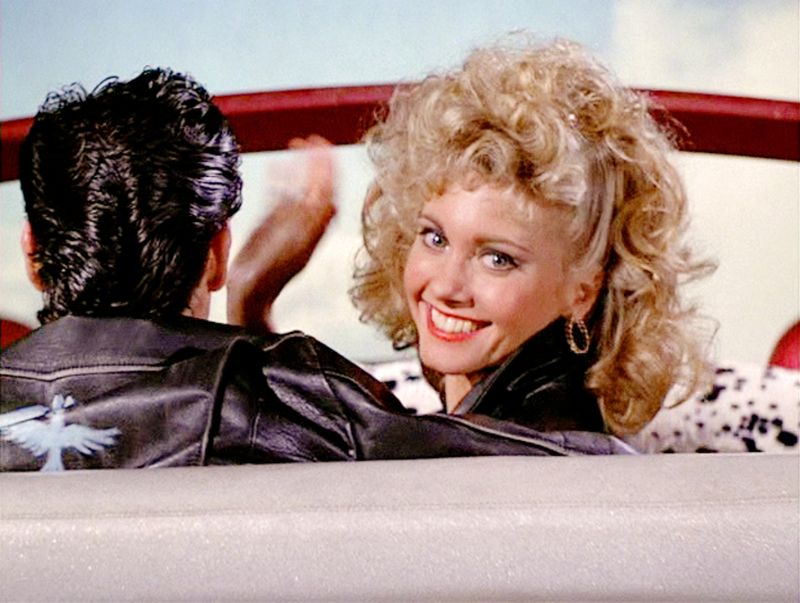
Musical romance that remains beloved for its catchy songs and energetic performances, yet contains troubling messages about relationships and personal identity. The story suggests that people should fundamentally change themselves to win romantic approval, particularly women adapting to male expectations.
The film’s approach to consent and teenage relationships includes casual attitudes toward boundaries that feel uncomfortable by modern standards. Some lyrics and scenes promote possessive behavior and unhealthy relationship dynamics.
While the movie’s nostalgic charm and memorable musical numbers continue attracting audiences, its underlying messages about love and identity haven’t aged gracefully. Contemporary viewers often struggle with the film’s suggestion that authentic self-expression should be sacrificed for romantic success, making this classic feel problematic despite its enduring popularity.

Comments
Loading…